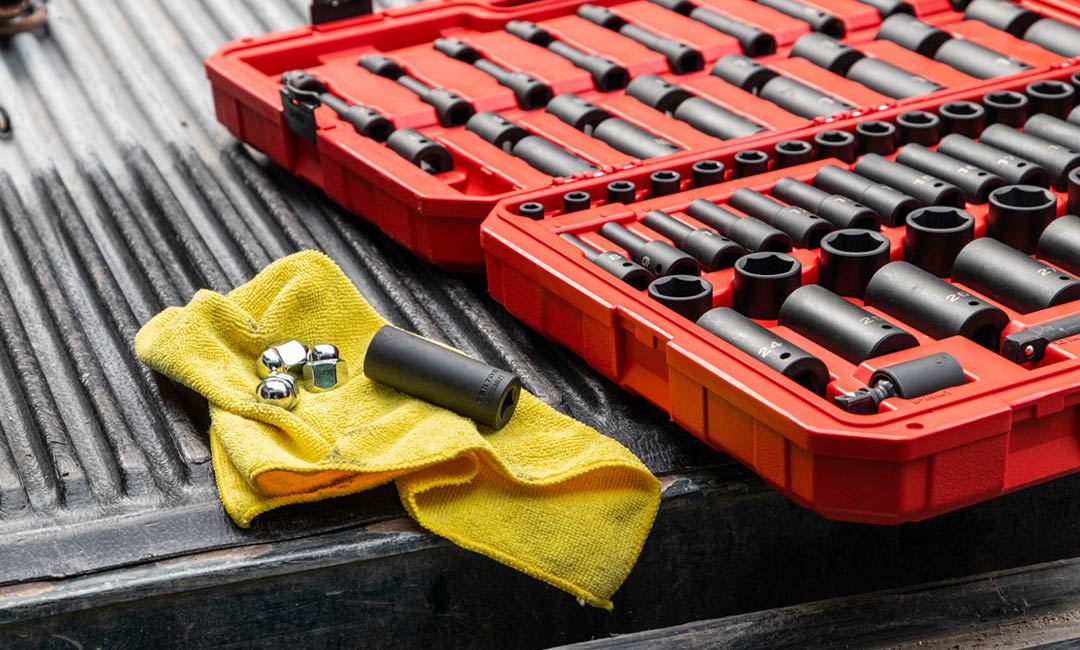
Importance of Regular Servicing
Servicing your vehicle is a fundamental stop in worry free motoring. Keeping up with regular services will ensure you and your family are safe on your every day commute. Brakes, suspension components and the engine must be regularly maintained and there are telltale signs that something isn’t right. The brakes for example are there to help you stop and should function like normal. If you feel there is shaking or shuddering while under breaking, or perhaps loud squealing or screeching, these are signs of major brake ware that can lead to brake failure if left unchecked. Modern day vehicles are equipped with sensors that can detect if the brake pads are worn out or if the brake fluid is low which are also great measures to help prevent catastrophic brake failure.
The suspension components are also there to ensure safe and comfortable driving. The shock absorbers and springs ensure the wheels keep in contact with the road. Wear on these components would lead to shaking in the steering wheel, excessive body roll in cornering and excessive wear on the tires resulting in frequent tire replacement. The engine and drivetrain are perhaps the most important elements of any vehicle. The engine is the power generating source for the vehicle and must be regularly serviced. Poor servicing will result in excess fuel consumption, oil consumption and will eventually lead to catastrophic engine failure. Modern engines are made to very tight tolerances and require good quality fuels and quality synthetic oil when being serviced to perform in their optimum.
Another important component that needs to be serviced is the transmission. Whether it’s a traditional manual, automatic, constant variable transmission (CVT) or a dual clutch (DSG) unit, the servicing is vital in the performance of the vehicle. The theory of a transmission is similar across the different types. With the traditional manual transmission, a single clutch is used as the wear material that slowly engages the drive of the motor to the wheels. Automatic transmissions use a series of clutch discs that are submerged in a fluid to regulate the drive to the wheels, the discs wear over time contaminating the fluid resulting in harsh shifting. If the vehicle is used in extreme conditions, then the servicing interval should be adjusted to ensure long worry-free motoring.




